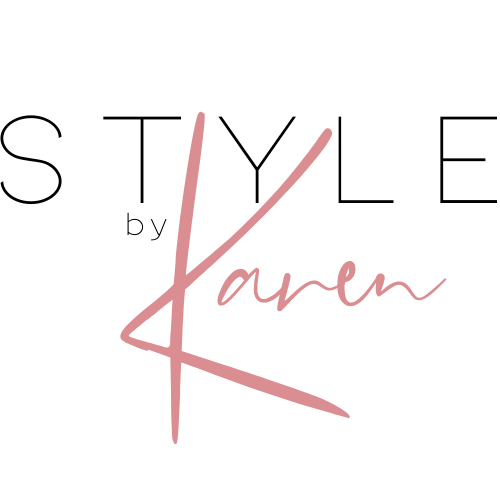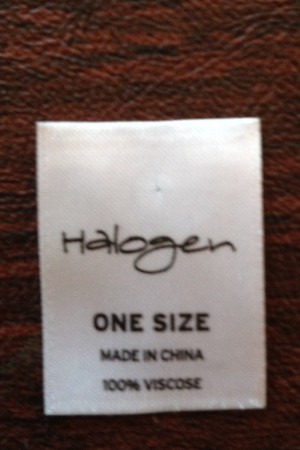This will be my first post in a off/on again series on fabrics. I hope to give you clear definitions along with ideas on how to care for them. When you spend good money on your clothes you want them to last. Costly mistakes are made with improper laundering. Knowing how to give clothing the proper care often goes back to reading and paying attention to labels and also being in the know about fabrics. Most of us know the difference between cotton, wool and silk. However, now you read a label and strange names appear. Many garments are a blend of several different fabrics.
Have you ever looked at a clothing label and read the word viscose? Simply said, viscose is a rayon.
Rayon has become so popular by designers because of the silky feel and beautiful drape. The downside is that it wrinkles easily and can shrink in the dryer.
So now let’s talk about care. THE DRYER IS NOT YOUR FRIEND. Many labels will recommend dry cleaning because so many people use the dryer.
Another question comes up about “pilling”. A review of an earlier post will shed a little light on this topic.
Rayon can be difficult to iron. Enter the garment steamer. Steaming saves time, helps me get in those hard to iron places and keeps garments from getting the shiny look. Several years ago I wrote about the benefits of using a steamer and I still sing the praises of this appliance. I am now in the market for a new steamer and have been doing the research. I will be sure to share after I make my purchase.
What do you think? Do you get take the time to read labels and care instructions? Have you had any laundry disasters?



